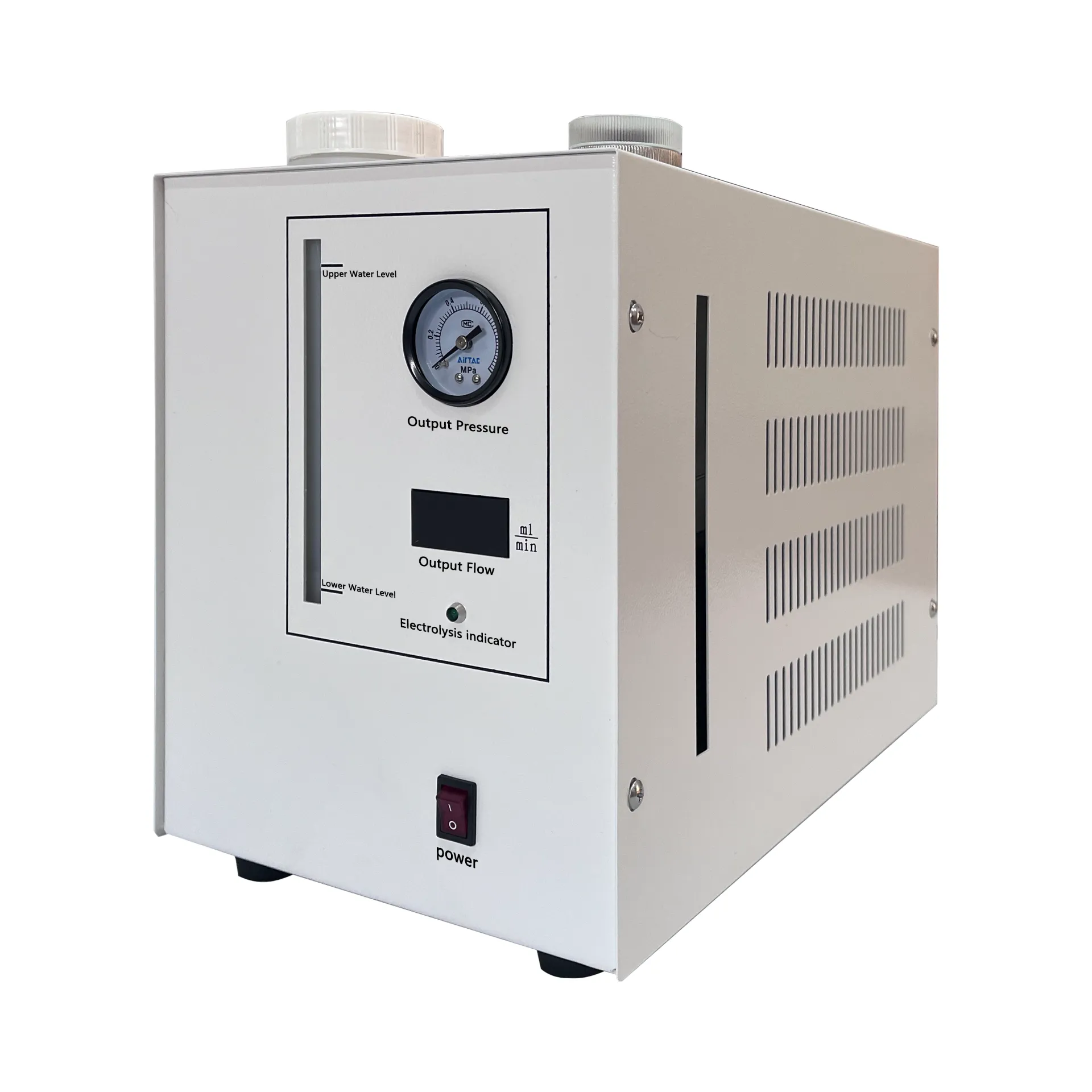 English
English


load test of single phase transformer
Load Test of Single Phase Transformer
Transformers are integral components in electrical engineering, serving the crucial function of transferring electrical energy between circuits while altering voltage levels. Among various transformer types, single-phase transformers are commonly used in residential and small industrial applications. Performing a load test on a single-phase transformer is essential for assessing its performance under operational conditions, ensuring it meets the required standards and operates efficiently.
Purpose of Load Testing
The primary aim of a load test is to determine the transformer's ability to handle its rated capacity under load conditions. This involves applying a known load to the transformer and measuring its output voltage, current, and temperature rise. The load test reveals important parameters such as the voltage regulation, efficiency, and power factor of the transformer. Essentially, this test helps in diagnosing any potential issues that could affect the transformer’s performance over time.
Test Procedure
Conducting a load test on a single-phase transformer involves several systematic steps
1. Preparation First, it is crucial to ensure that the transformer is isolated from the power supply and properly grounded. Safety protocols must be followed to protect both the personnel and equipment involved.
2. Connections After ensuring safety, connect the transformer to a test load, which can be resistive or inductive, depending on the type of load the transformer is designed to support. It's essential to accurately configure the load to match a percentage of the transformer’s rated capacity, often starting from 25% and progressing to 100%.
3. Measurement Setup Using appropriate measuring instruments, record the primary and secondary voltage, current, and temperature of the transformer. Voltage and current should be measured using voltmeters and ammeters, while temperature can be monitored using thermocouples or infrared thermometers.
load test of single phase transformer

4. Baseline Readings Before applying the load, take baseline readings of the voltage and current without any load. This establishes a reference point for comparison once the load is applied.
5. Applying Load Gradually increase the load in steps, monitoring the transformer’s output voltage and current at each step. It is crucial to maintain the load for a sufficient duration at each level to attain stable readings.
6. Recording Data For each load step, record the output voltage, current, and temperature. This data is essential for analyzing the transformer's performance.
7. Analysis After completing the load test, analyze the data collected. Calculate voltage regulation by determining the difference between no-load and full-load voltages, and assess efficiency by comparing input and output power.
Results Interpretation
The results obtained from the load test can reveal critical insights into the transformer's operation. For instance, if the voltage regulation is high, it indicates the transformer’s inability to maintain output voltage stability under varying loads. Conversely, good voltage regulation suggests a well-functioning transformer.
Additionally, the temperature rise should remain within acceptable limits as defined by industry standards. Excessive heating can indicate issues such as overloading or insulation deterioration, which could lead to transformer failure if not addressed.
Conclusion
In conclusion, the load test of a single-phase transformer is a vital procedure that provides insight into its operational performance and reliability. This testing not only helps ensure compliance with performance standards but also aids in preventative maintenance. Regular testing and monitoring can significantly extend the lifespan of transformers, preventing costly outages and repairs, thereby enhancing the overall efficiency of electrical systems. As electrical demand continues to rise, ensuring that transformers perform optimally becomes increasingly important, making load testing a best practice in the management of electrical infrastructure.
-
Differences between open cup flash point tester and closed cup flash point testerNewsOct.31,2024
-
The Reliable Load Tap ChangerNewsOct.23,2024
-
The Essential Guide to Hipot TestersNewsOct.23,2024
-
The Digital Insulation TesterNewsOct.23,2024
-
The Best Earth Loop Impedance Tester for SaleNewsOct.23,2024
-
Tan Delta Tester--The Essential Tool for Electrical Insulation TestingNewsOct.23,2024





